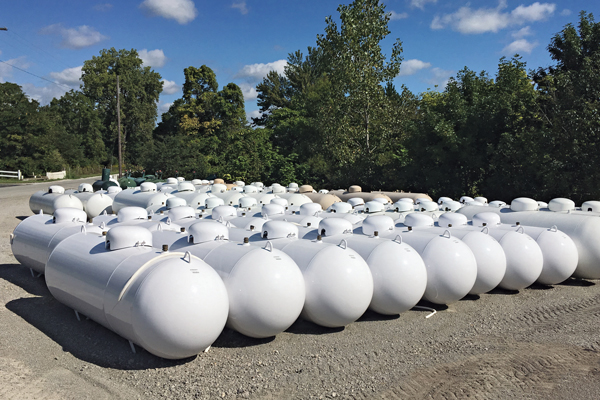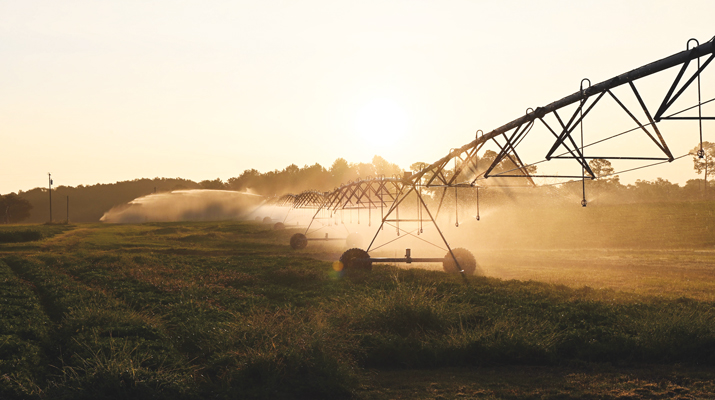Propane system red tags ensure safety
Tagging an appliance for a safety issue is a well-known practice within our industry.
There are variations on how this practice is implemented and documented. However, the general concept is well accepted. The use of a tag notifies the consumer of a safety issue with the item so the issue can be corrected.
The type of tag also denotes the level of safety risk the tagged item presents. “A” red tags denote safety issues that will cause a lockout of the appliance or part of the gas system until the issue is resolved. “B” red tags denote safety issues that need correction but do not warrant a lockout of the appliance or entire gas system.
Another well-known tagging system uses red tags for all safety issues that require a lockout of the appliance or gas system until the issue is corrected. A yellow tag denotes safety issues that need to be corrected but do not warrant a lockout of the appliance or gas system.
Common reasons for tags
The type of inspection that can lead to tagging an item can vary. It can occur during a service call to a gas customer. A delivery driver may also tag part of the gas system based on his observations. Perhaps there is an issue with the supply tank like an illegible data plate or a tank that’s now too close to an important building because of an addition.
The former issue needs to be corrected before the tank can be filled. The later issue could be fixed in a reasonable amount of time. But this is a judgment call; a foot too close for a 500-gallon tank is a different situation than the same tank being a foot away.
Reasons for tagging vary depending on the appliances in use and the system. There could be problems with the flue system. Is the venting code-compliant? Does piping show excessive rust that might cause carbon monoxide leakage? Is the tubing crimped or bent in a way that suggests a leak point? Does the flame on the burner lift off, showing signs of improper fuel and air mixture? Is there excessive sooting in the burner chamber? Is the piping improperly supported per code? Is there a cracked heat exchanger? Are regulators within service life?
If the nature of the issue poses an immediate safety risk, the appliance or item should be locked out so it cannot be used until corrected. If the appliance or item cannot be isolated, then the entire gas system needs to be locked out until the correction is made.
Best practices
The service person who finds the safety issue and applies the tag does not need to be the person who fixes the appliance or item in question. It is valuable to inform customers they need to find qualified personnel to make repairs in a timely fashion. Set a deadline to complete the repair. Note it in your calendar. Check back with customers to see that the work is completed.
If your service person makes the repairs, this type of coordination is likely easier to manage. Nonetheless, a good paper trail adds a safeguard to ensure the repair does not fall through the cracks.
During the heating season, locking out an appliance or gas system can be tricky. Clearly, the goal is to remedy the safety issue in a timely manner so the system can be put back into use quickly. However, never sacrifice doing the job right to do the job quickly.
The guiding principle is to err on the side of caution. If you are unsure if the item in question warrants a lockout until corrected, the safe course is to lock it out, if possible. Don’t risk an unknown consequence.
John V. McCoy is with McCoy, Leavitt, Laskey LLC. His firm represents industry members nationally. He can be reached at 262-522-7007.

















